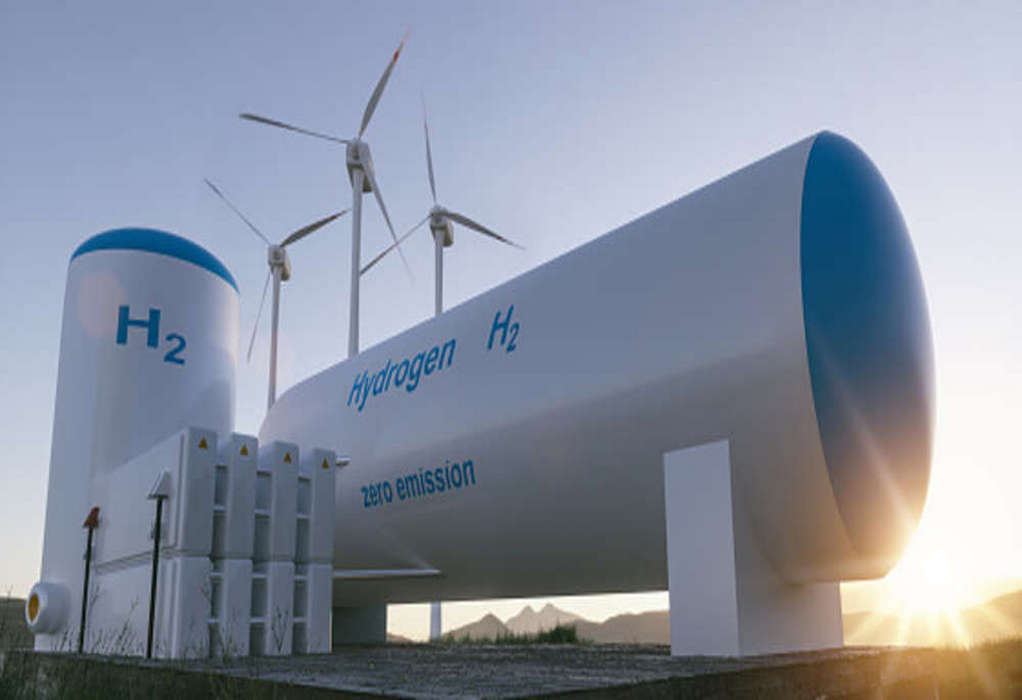More ambitious and concrete hydrogen policy efforts are needed from governments across Europe and beyond to bridge a wide gap between the current market trajectory and the projects needed to meet net-zero targets, the International Energy Agency said at the S&P Global Platts Hydrogen Markets Europe Conference Nov. 26.
Under the IEA’s net-zero scenario, hydrogen demand of around 90 million mt/year in 2020 would roughly double by 2030, with a sixfold increase by 2050, the IEA’s energy technology analyst for hydrogen and alternative fuels Jose Bermudez said.
However, under current trends, the IEA expects the market to reach just 105 million mt/year by 2030, with most growth limited to traditional sectors, or to rise to 120 million mt/year by that date if existing government pledges are met.
“All these encouraging steps fall short of what we would like to see if we want to put the energy system on track to meet net-zero emissions by 2050,” Bermudez said, noting early adoption in trial projects for steel and ammonia production in Europe, and co-firing of ammonia in power generation in Japan.
“It requires a step change in demand creation,” he said.
Bermudez noted the potential role that carbon auctions and contracts for differences could play in developing the hydrogen market, but almost no such schemes have come into force yet, he said.
Hydrogen was “still not the clean energy vector that it should be to play its role in the energy transition,” he said.
But significant and accelerating growth was expected, he added, saying that China could become a large growth area.
Power demand
The EU has a target to produce 10 million mt of renewable hydrogen by 2030, though vast quantities of new renewable power capacity will be required.
“Driven in part by the high inefficiencies/losses from electrolysis (around 30%), the amount of renewable electricity required for hydrogen production is enormous,” S&P Global Platts Analytics said in its European Hydrogen Long-Term Forecast, published in October.
An additional 477 TWh/year of renewable electricity supply is required by 2030 to meet the 10 million mt target, Platts Analytics said.
“To put the scale of the challenge in context, the entire EU27 power system added just over 380 TWh/year of renewables and hydro generation in the decade between 2010 and 2020,” it said.
The power system itself needs an additional 650 TWh by 2030 due to higher electrification and broader decarbonization goals, according to Platts Analytics.
S&P Global Platts assessed the cost of producing renewable hydrogen via alkaline electrolysis in Europe at Eur12.49/kg ($14.10/kg) Nov. 25 (Netherlands, including capex), based on month-ahead power prices. PEM electrolysis production was assessed at Eur14.90/kg, while blue hydrogen production by steam methane reforming (including carbon, CCS and capex) was Eur6.06/kg.
Source: Platts
Tags: Hydrgen fuel, IEA, Renewables



Recent Posts
Egypt Advances Maritime Decarbonisation with National Action Plan Backed by IMO
Fuelre4m unveils VIRDIS: A predictive AI breakthrough in global fuel distribution, powered by Five9nes
EXMAR Launches First Ammonia-Fueled Gas Carrier at HD Hyundai Mipo
Japan-Backed Green Hydrogen Centre Planned for Uttar Pradesh
JSW Group Outlines Major Push into Commercial and Heavy Electric Vehicles
Lloyd’s Register Grants Approval in Principle for KSOE’s Multi-Fuel Newcastlemax Bulk Carrier Design
Eureka Shipping Deploys HVO-Ready Cement Carrier Tamarack for Great Lakes Operations
Terntank Places Repeat Order for VentoFoil Wind Propulsion Units on Methanol-Ready Hybrid Tankers